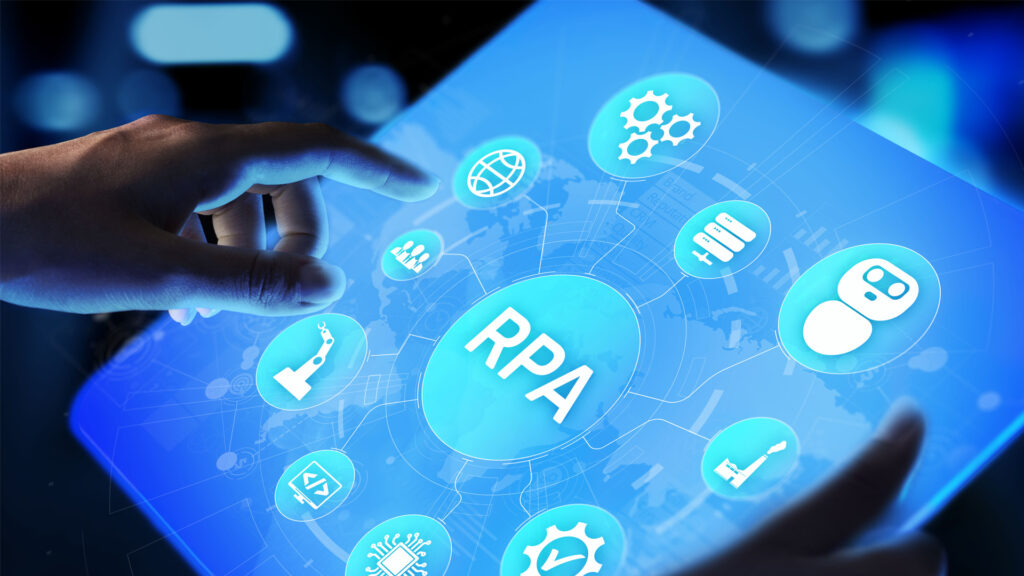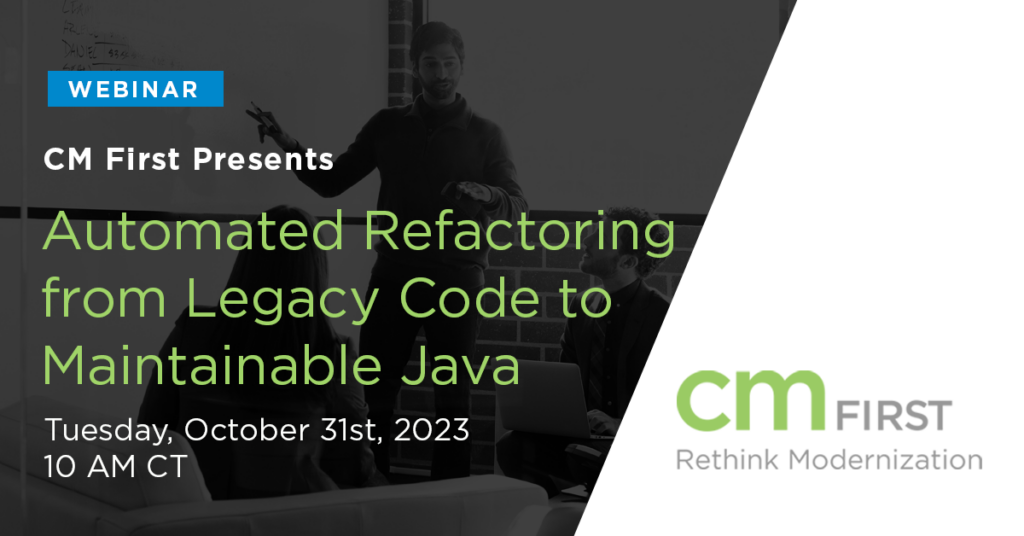The business landscape is littered with the carcasses of companies that refused or failed to adapt to change. The last Blockbuster Video standing in Bend, Oregon is a stark monument to how quickly that fate can lock in and ruin a company and pave the way for more agile and forward-looking companies. The kicker: Netflix,
Artificial Intelligence (AI) and Abstract Syntax Trees (ASTs) are used in different contexts and serve different purposes, so it’s only somewhat apt to compare them directly. However, in the context of automating tasks such as code translation or analysis, some points of comparison could be helpful. In this article, we first explore each approach’s pros
We are in a gilded age of tech buzzwords. From afar, these buzzwords can appear artificial and abstract, like a B-grade sci-fi screenplay. Up close, and on the plus side, those abstractions are turning into real, on-the-ground game-changers for many businesses. It’s a good time to pay attention. Intelligent Automation, a relatively newer ‘buzzword’, is
The migration from COBOL to Java is a significant undertaking for any organization. If you’re like us, your natural impulse will be to wrap your head around the technical aspects of such a conversion, particularly if legacy code is your main thing. But the transition from COBOL to Java involves more than just rewriting code.
Moving to cloud-based technologies can be a risky investment, but the benefits are fast becoming hard to ignore. Implemented carefully, your organization can lower costs permanently, scale as needed, and react to market conditions with agility in ways you simply can’t with an on-premise solution. For these reasons and more, moving legacy systems to the
As technology evolves at an unprecedented pace, software applications are becoming increasingly complex. To ensure their reliability, it is crucial to have robust testing processes in place. Traditional manual testing methods, while effective, can be time-consuming and often fall short in terms of test coverage. Thankfully, Artificial Intelligence (AI) has arrived to lend us a
Many companies that adopt Robotic Process Automation enjoy substantial early gains from their efforts, including greater efficiencies and reduced menial labor, and win plenty of fans throughout the company. If your organization has yet to implement RPA and you believe it’s a good move, you’ll want to make a solid case to get that effort
In our Modernization Strategies series, we look at the full range of modernization pathways available to organizations that maintain legacy applications. Today, we will focus on the ‘replace’ strategy. The ‘Replace’ Strategy Explained The replace strategy involves swapping out an old system with a new one that better fits the current and future needs of
In this webinar, you will learn how to "refactor" your legacy app developed in COBOL, RPG, or CA 2E (Synon) directly to maintainable runtime-free Java and JS. Demo included.
In our Modernization Strategies series, we look at the full range of modernization pathways available to organizations that maintain legacy applications. In this article, we focus on refactoring, a key process that involves modifying and improving the internal structure of code without altering its external behavior. This concept becomes particularly significant when dealing with legacy











